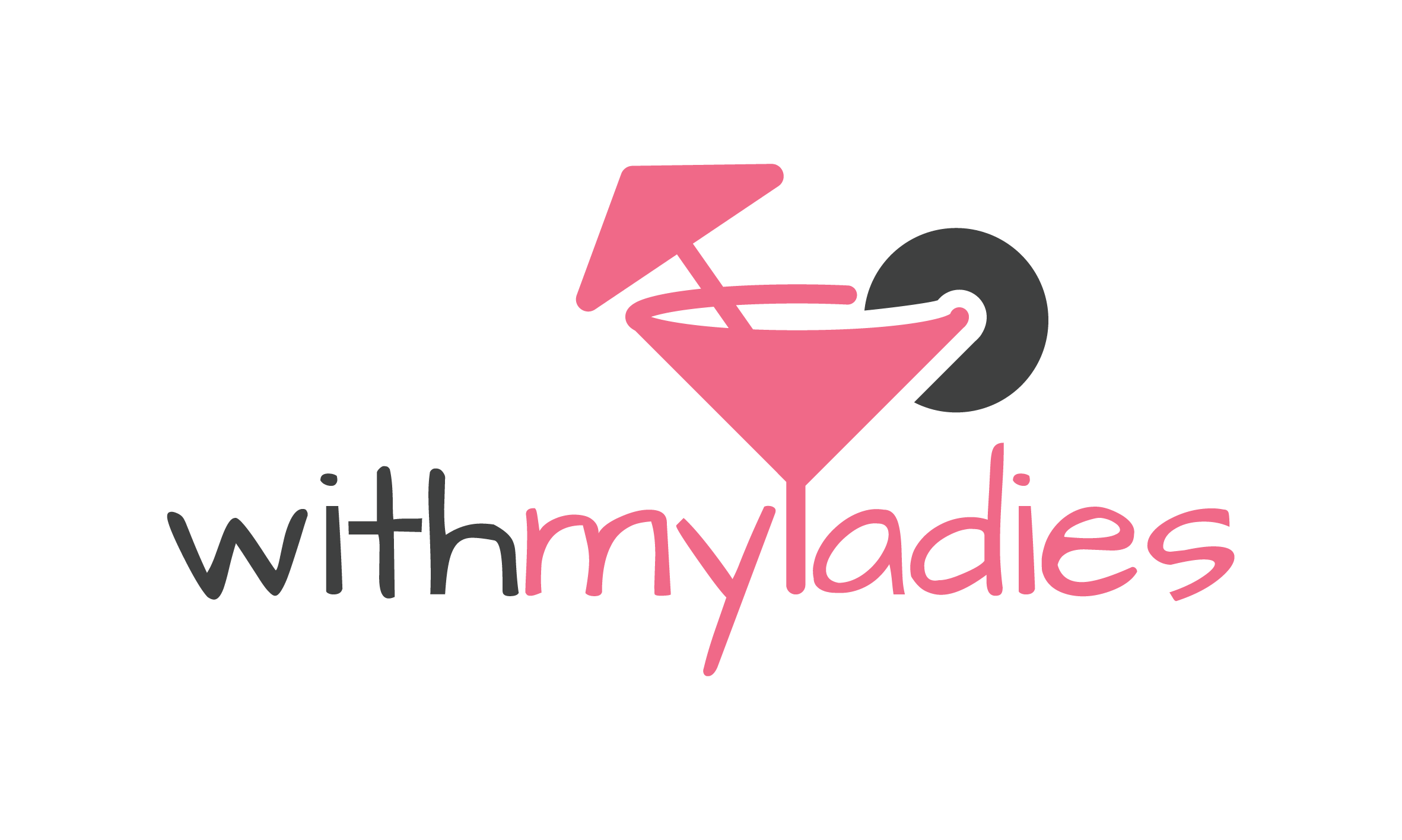Her Majesty Queen Elizabeth II: A Timeline And Celebration Of Her Life And Reign
Queen Elizabeth II was Britain’s most important reigning monarch for a very, very long time. In fact, you probably don’t even remember a time when Her Majesty was not the Queen. That’s because most of us weren’t even born when her father, King George VI, died and Elizabeth ascended the throne.
While the Queen was not the world’s longest-reigning monarch, no other king or queen in Britain stayed on the throne for as long as she did. And let’s not forget that Queen Elizabeth II was a great ruler for someone who rose to the throne before she was in her 30s!
The Queen’s reign started in 1952, and she passed away in September 2022, meaning she was on the throne for seven decades! And it was an eventful rule, indeed. From the Cold War to royal family controversies, here’s a complete timeline of Queen Elizabeth II’s reign!
1926: A Queen Is Born.
On April 1926, a queen was born. Well, technically, she was not a queen at the time of her birth, nor did people expect her to become one anytime soon. When Elizabeth Alexandra was born, her grandpa was king, and her uncle was next in succession.
Elizabeth was adorably known as Lilibet, and she was very close with her grandpa. Her family loved her dearly from a young age, especially because the young princess was a responsible and well-behaved kid, just like any monarch should be!
1936: Elizabeth II becomes heir to the throne.
By the time Lilibet was ten years old, the public was definitely interested in her, but not as a potential future monarch. As we said before, her father was set to inherit the throne after her grandfather, the King, passed away.
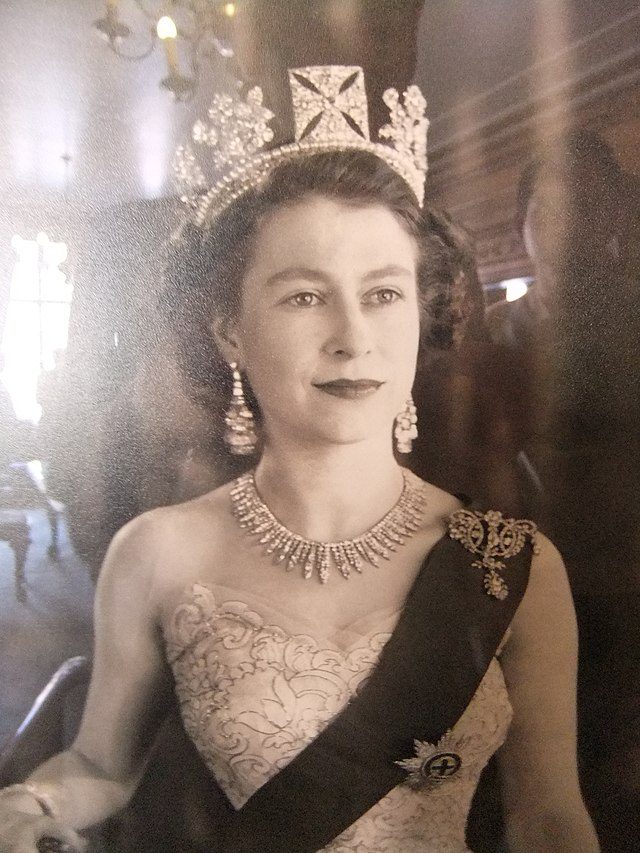
When King George V passed away, his eldest son, Edward, became King. Everybody thought he’d have plenty of kids, which is why it was hard to imagine that Elizabeth would rise to the throne. But then her uncle abdicated the throne. Elizabeth’s dad became King, and Elizabeth became the heir to the throne!
1945: Princess Elizabeth serves her country during WW2.
Although she wasn’t the Queen during the Second World War, Elizabeth did everything in her power to help her nation in those difficult times. As a woman and a princess, she couldn’t go to the battlefield — but she wasn’t idle. She trained to help in other areas.
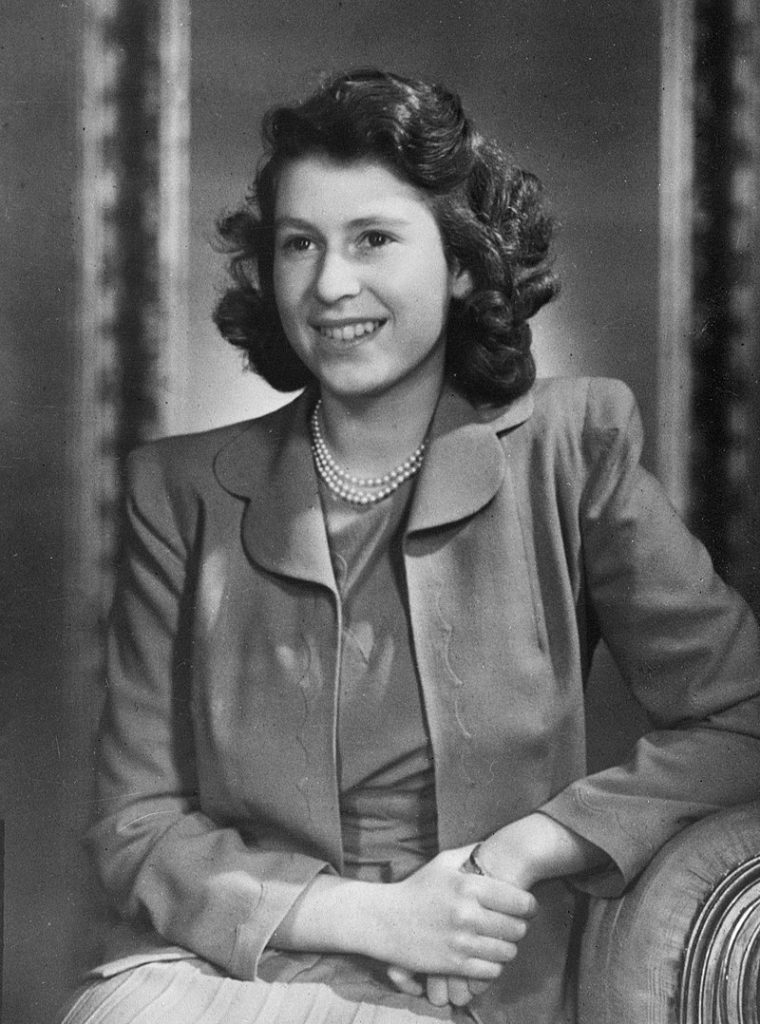
The Princess trained as a mechanic and driver during the war, and she joined the Auxiliary Territorial Service. According to the Queen herself, once the war was over, she and her sister, went to the streets to celebrate. Both princesses wore disguises to remain incognito.
1947: Elizabeth and Phillip get married.
In 1934, Queen Elizabeth II and Prince Phillip met for the first time. He went off to the war shortly after their second meeting (in 1937), so they didn’t see each other for a while. But Elizabeth was sure of her feelings for him.
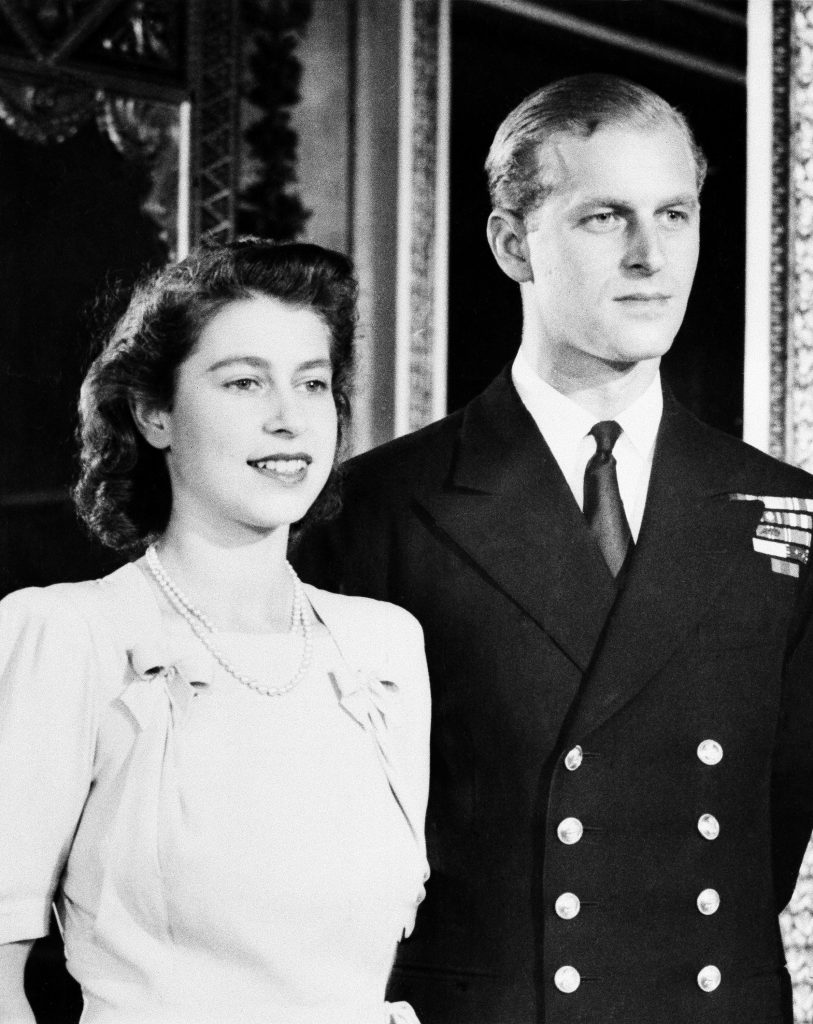
13 years after they met, Elizabeth and Phillip announced their engagement. It wasn’t long before they joined together in holy matrimony. There was some controversy regarding their marriage, especially because Phillip’s family didn’t have wealth anymore. But the couple was too in love to care about naysayers!
1952: Princess Elizabeth becomes Queen Elizabeth II.
Even when Elizabeth became heir to the throne, nobody expected she’d become Queen anytime soon. Her father was a relatively young man, and everybody thought it would probably be another 30 years or so before the throne would pass on to Lilibet.
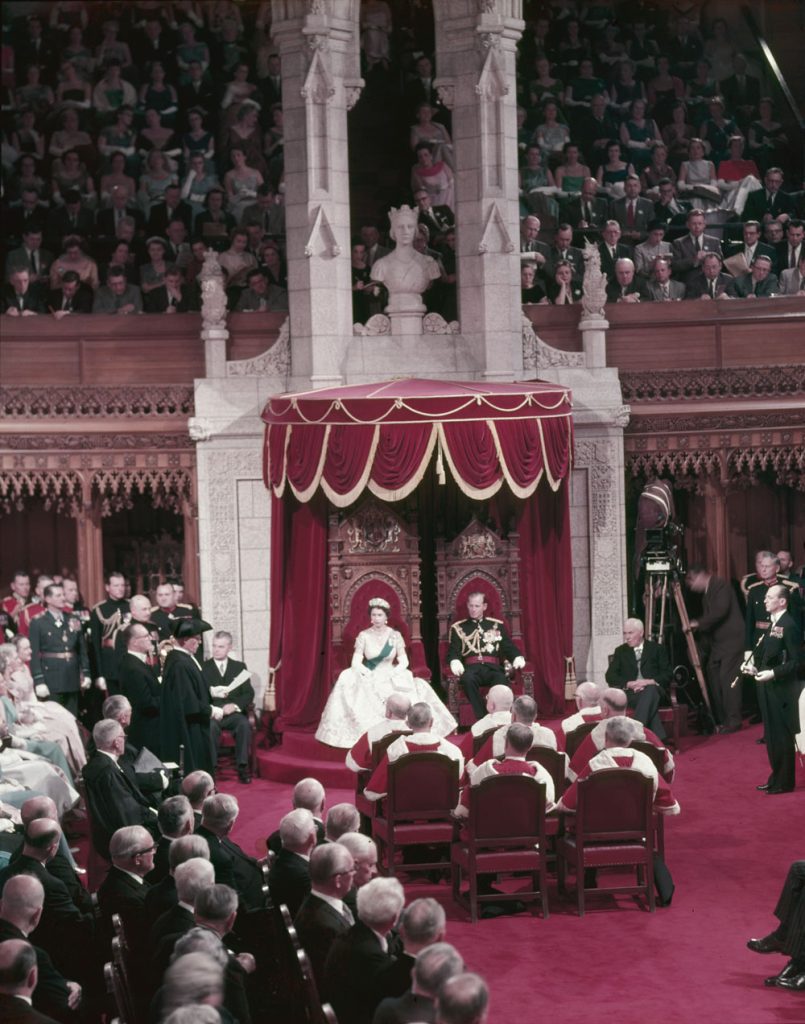
But then, King George VI became severely ill and passed away due to lung cancer. When she became the Queen of the United Kingdom, Elizabeth was only 25 years old and had two young children — she wasn’t expecting to take the throne so soon.
1953: Queen Elizabeth II’s coronation is televised.
Nowadays, whenever there’s a royal event, the occasion is televised. We’ve seen Diana and Charles’ marriage, William and Kate’s marriage, the queen’s jubilees over the years, and lots of other things. But when Lilibet first became Queen, televised royal events were not as common.
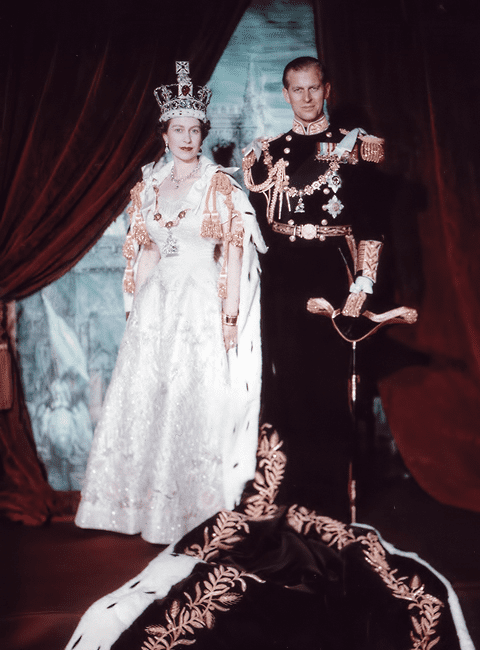
In fact, the coronation of the Queen, which took place in 1953, was the first televised event in the history of the monarchy. The whole world got to watch as the young princess and her husband officially became Queen of England and Prince Consort.
1953: The Queen and her husband go on a world tour.
Soon after she became the Queen, Elizabeth II and Prince Phillip went on a tour around the globe. The couple visited the countries that made up the Commonwealth and their visits were always highly anticipated. Everyone wanted to see the new Queen!
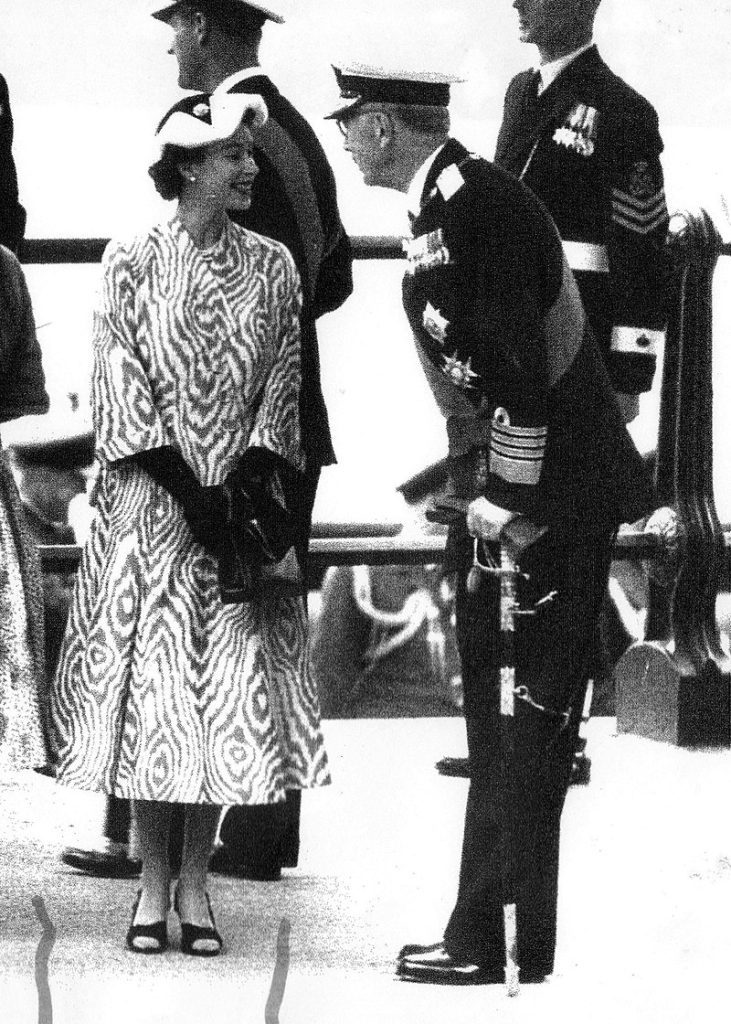
Before Elizabeth even became Queen, the commonwealth tour was already being planned, though people expected King George VI to go on the tour. The queen visited Jamaica, Fiji, Australia, New Zealand, and lots of other countries before she went back home.
1955: Princess Margaret’s controversial relationship is over.
A couple of years after Elizabeth became Queen, she already had to deal with her first controversies. As we all know, the Queen’s sister, Princess Margaret, was quite rebellious. When she was just a teenager, Margaret met Peter Townsend — and she loved him a great deal.
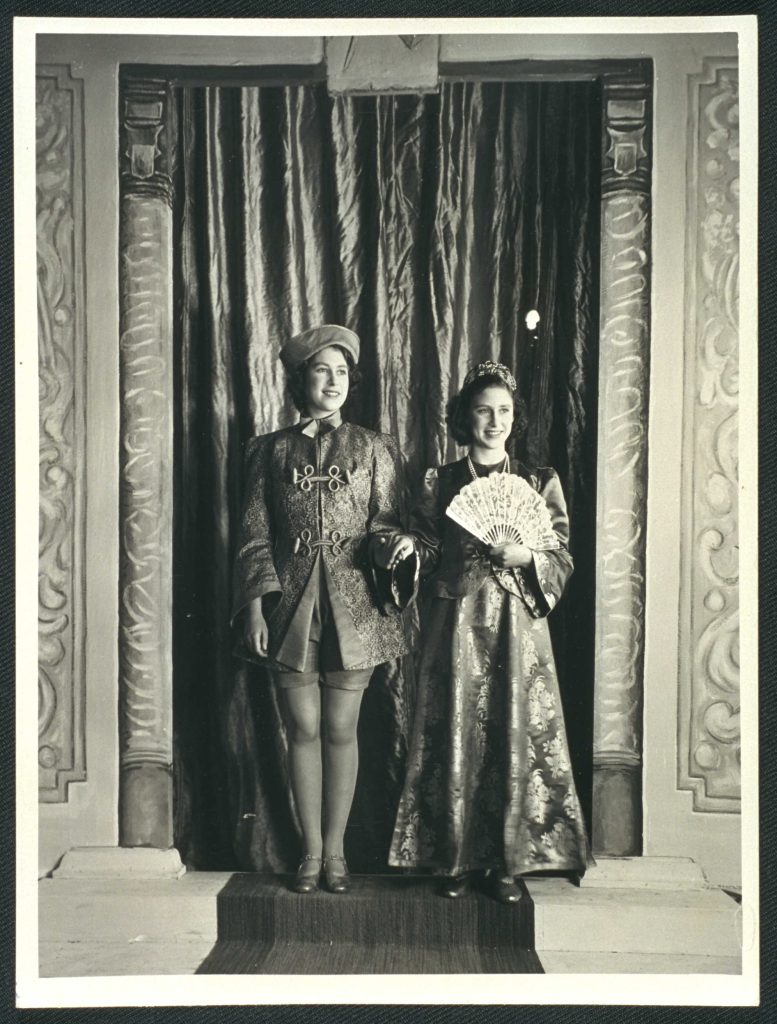
The captain was a divorced man and he was 16 years older than the princess, so it’s not hard to understand why their affair was so controversial. And the contentious news broke out just after Elizabeth’s coronation, so this whole ordeal was especially tough on her.
1957: The Queen visits the United States.
The Queen’s top priority after her coronation was to visit the Commonwealth. But after that tour was over, she was finally able to visit other countries around the world. One of her first stops outside of Europe was the United States.
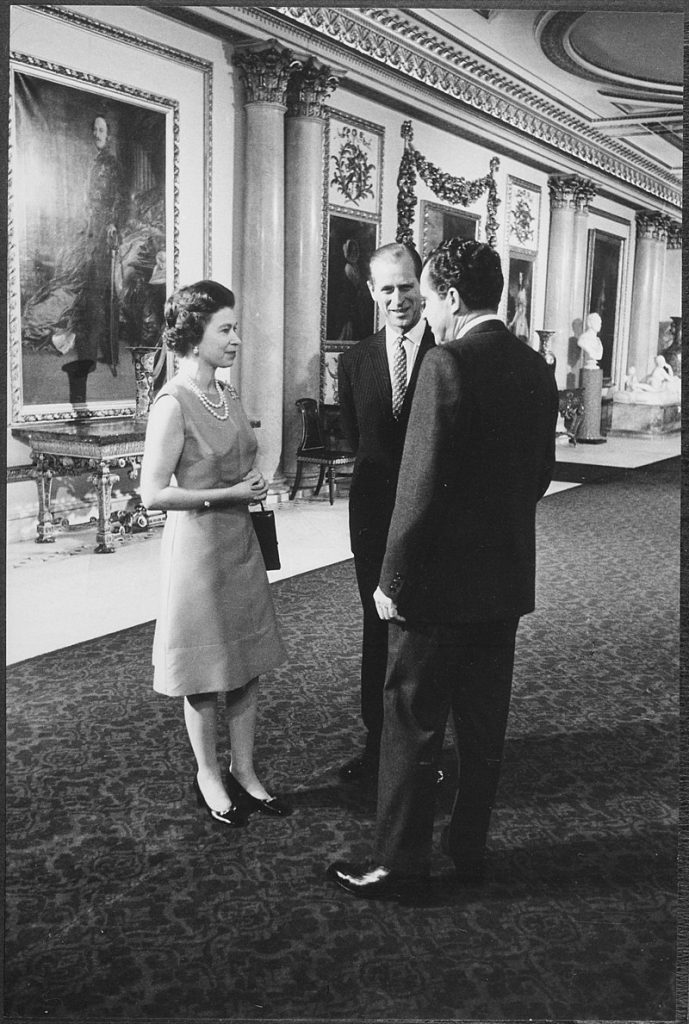
During her visit to the US, the Queen stopped by Washington, D.C. (obviously) and New York City. She also visited Williamsburg, a small town in Virginia with a rich historical background. Surprisingly enough, she visited this town again in 2006!
1960: The Queen gives birth to her third child.
By the time she became Queen, Elizabeth II already had an heir. Her firstborn, Prince Charles, would be the first in line no matter how many kids the Queen had. And let us tell you, the Queen and the Prince Consort had plenty of kids.
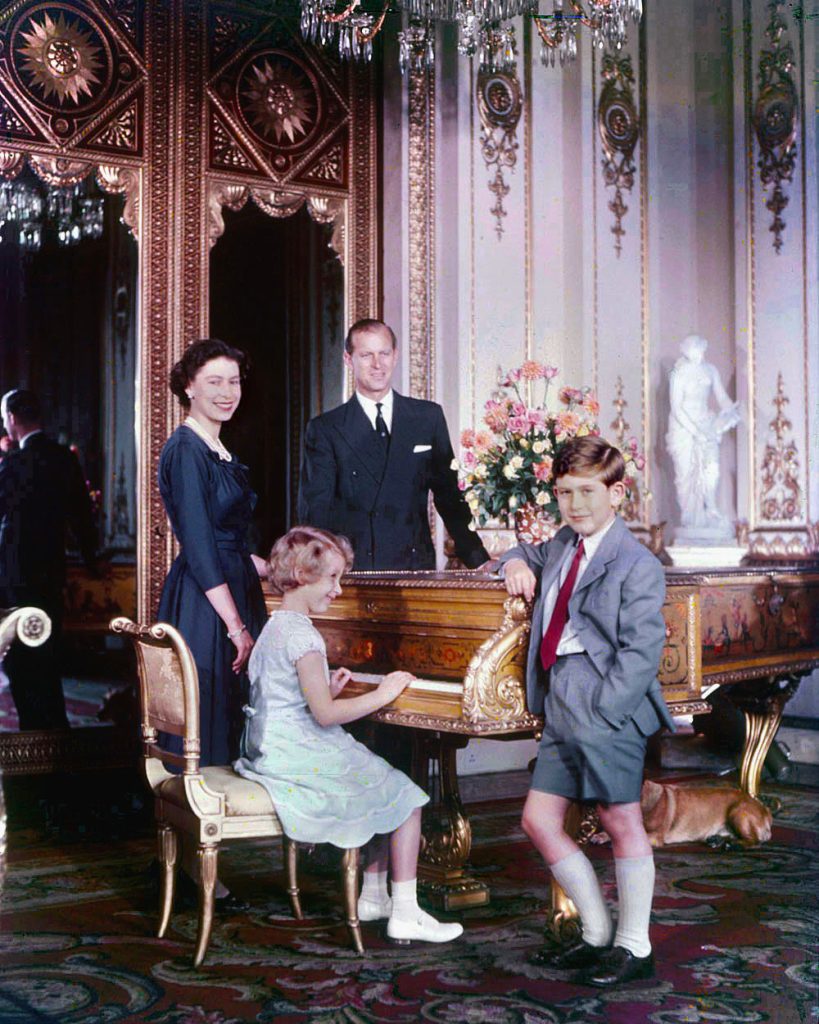
Even though Elizabeth only had one sister, she decided that her eldest son would have a bunch of siblings. Princess Anne was born in 1950 and her third child, Prince Andrew, was born in 1960. And that was not the last time she had a baby!
1964: The Queen and the Prince Consort’s fourth child is born.
In 1964, the Queen welcomed her last child, Prince Edward, into the world. Out of all four kids, Edward was the only one whose birth was witnessed by Prince Phillip, and people still talk about this to this day. That’s because everyone wants to know who the Queen’s favorite child was.
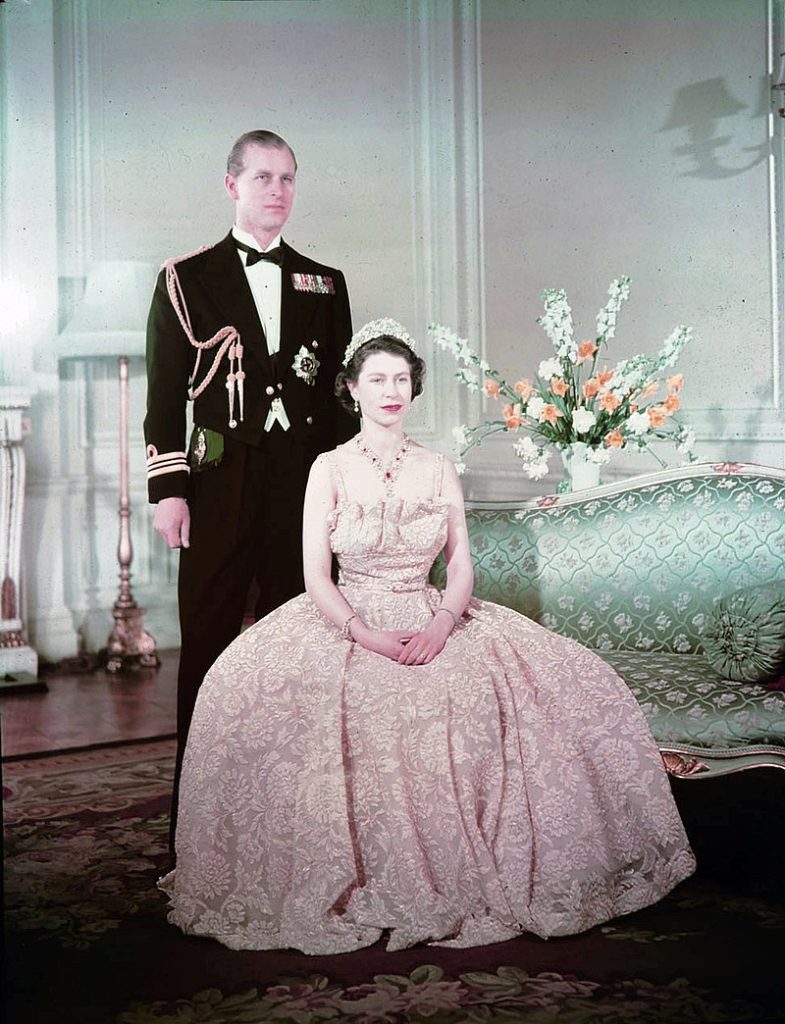
If you watched The Crown, you saw how they portrayed Andrew as the favorite. But sources told the press that this was not true. Apparently, the youngest child had always been the favorite, which explains why his dad made sure to be there when he came into this world.
1965: The Queen visits West Germany.
Back in the 20th century, Germany was up to no good. The royal family stayed away from the country — until Elizabeth II decided to make a visit. At the time, the country was still divided into West and East Germany.
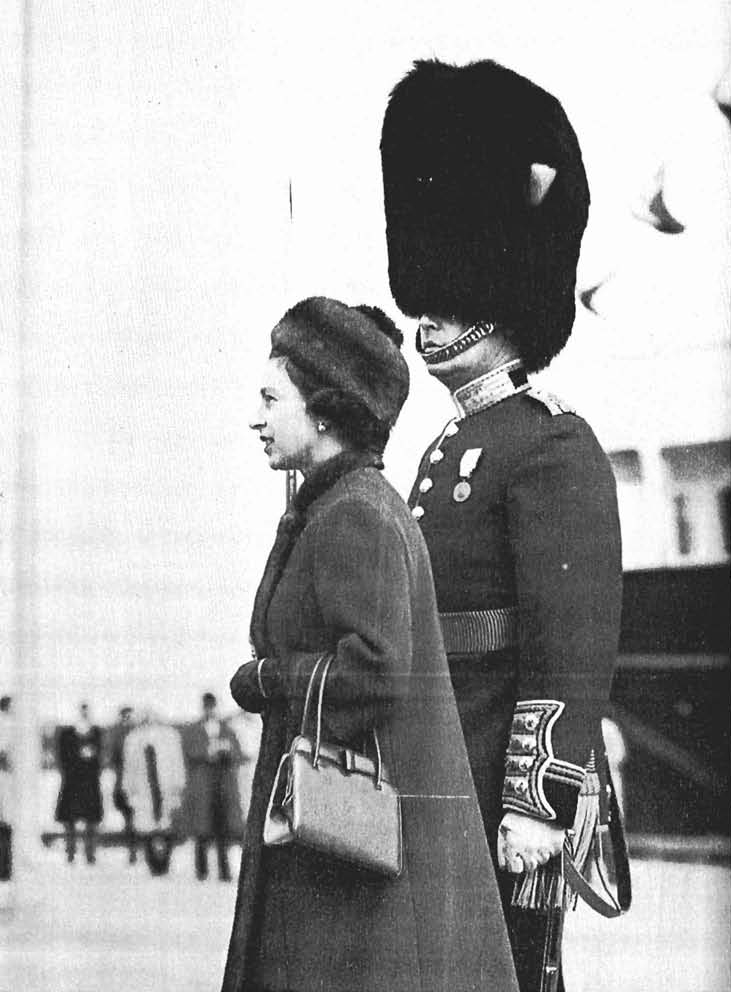
The Queen couldn’t visit East Germany, but she did stop by West Germany. This was a significant trip because no monarch had been to Germany (as a whole) in over five decades. Queen Elizabeth II and her husband stayed in the country for ten days.
1977: The Silver Jubilee.
By the late 1970s, the Queen had been on the throne for a quarter of a century. Time was really flying by and the United Kingdom was ready to celebrate the Queen’s first jubilee. During Jubilee Month, the Queen visited most counties in the UK!
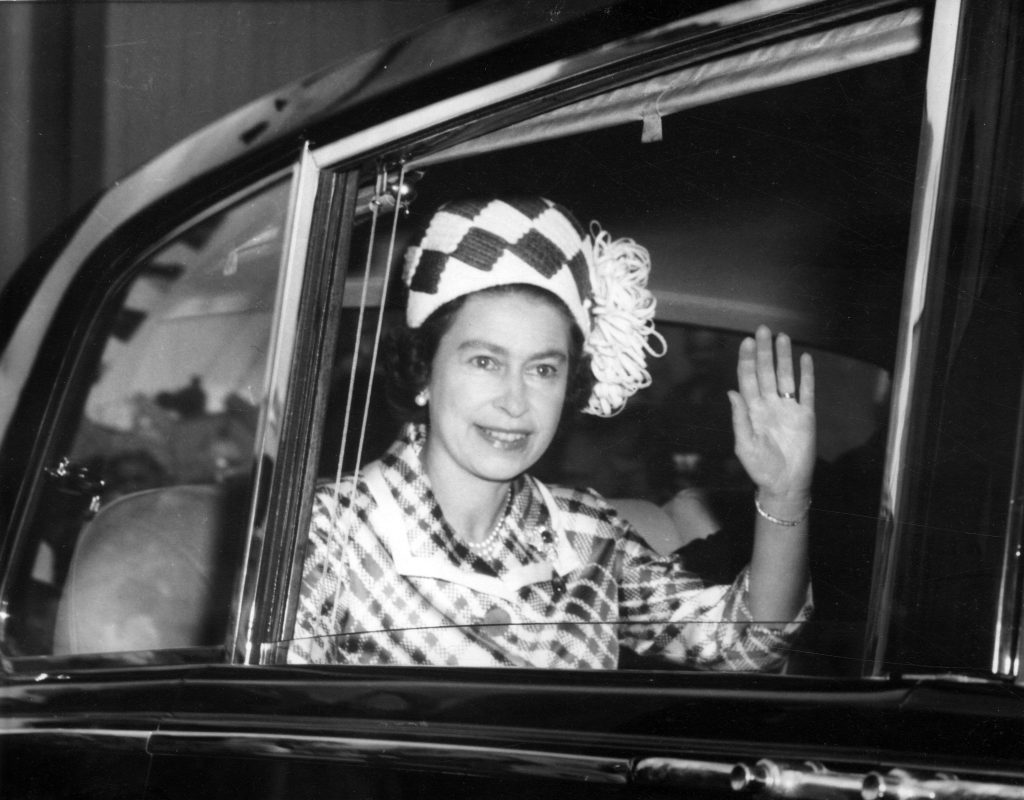
The whole country was celebrating the Silver Jubilee, marking the queen’s first 25 years on the throne. The celebrations took place around the same time as Elizabeth’s birthday, so it was a double blessing for the people and over a million people greeted the couple in England.
1979: Margaret Thatcher becomes Prime Minister.
In 1979, Margaret Thatcher became the first woman to be nominated Prime Minister in the United Kingdom. From the very beginning, it seemed like the Queen was not too fond of the PM, and vice-versa. Apparently, the “Iron Lady” didn’t much care for royalty.
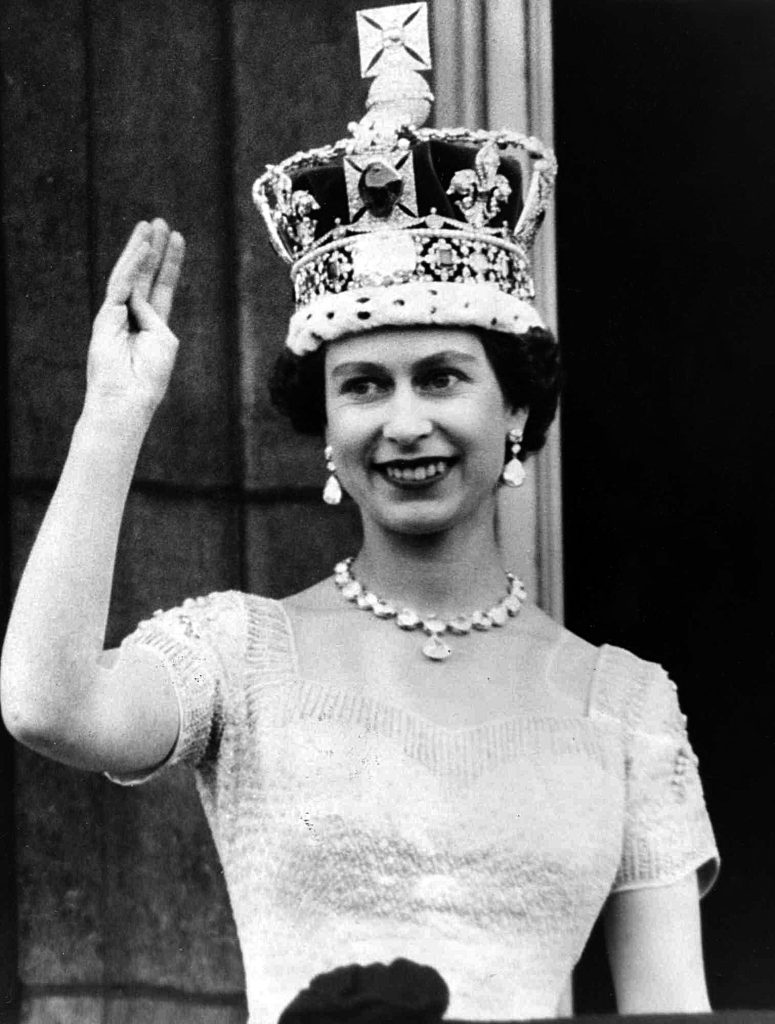
While nothing has ever been confirmed, the truth is that the Queen and the Prime Minister’s relationship got better over time. The Queen was present both at the PM’s 80th birthday and her funeral, which was surprising considering royals don’t generally attend commoners’ funerals.
1981: Charles and Diana get married.
One of the biggest controversies in the Queen’s life was her relationship with Prince Charles’ first wife, Lady Diana. The Princess of Wales was different from every other person who had been a part of the royal family, and it seemed like the Queen didn’t appreciate that.
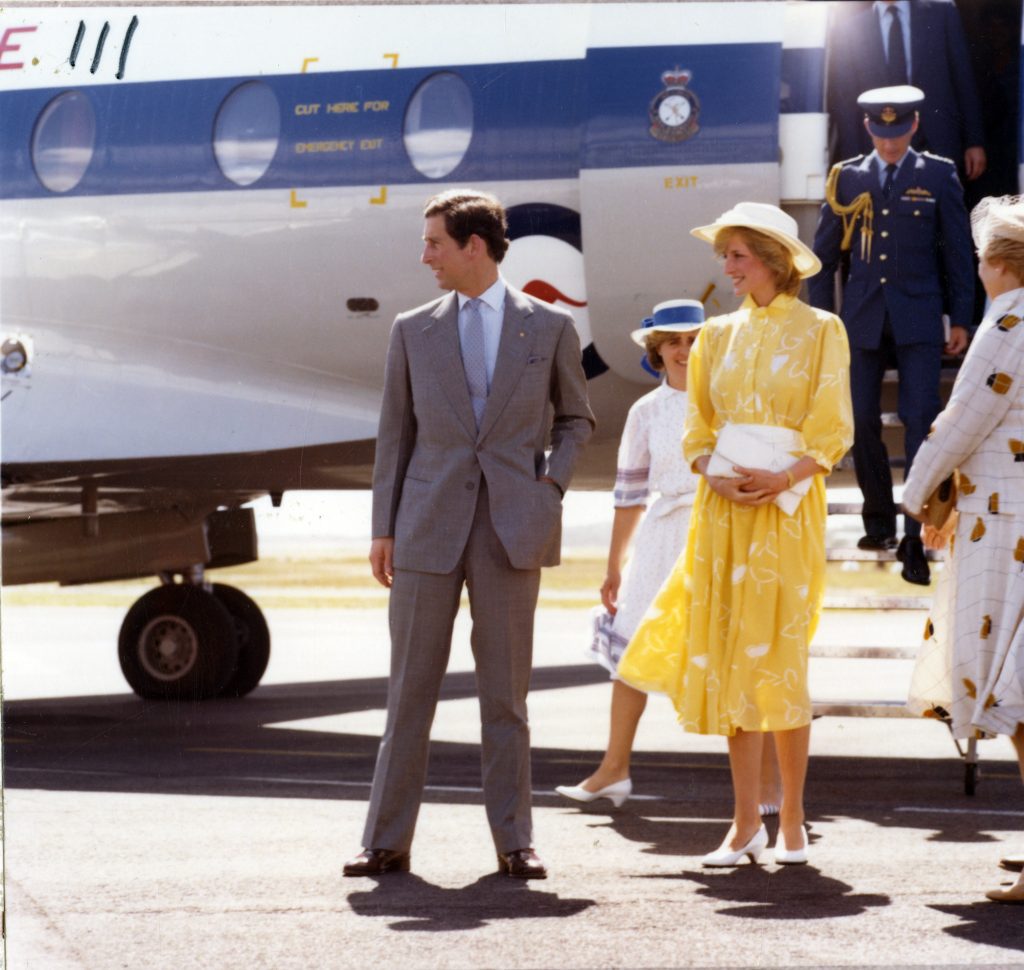
Though most info we have of their relationship comes from outside sources, it’s common knowledge that Lady Di was not welcome in the family. Before she even got married to Charles in 1981, the woman had a hard time getting on the Queen’s good side.
1986: The Queen celebrates her 60th birthday.
As we just said in another slide, it seemed like time was flying by for the Queen. In ’77 she celebrated her Silver Jubilee, and less than a decade later she was celebrating her 60th birthday. And there was a huge concert in her honor at the time.
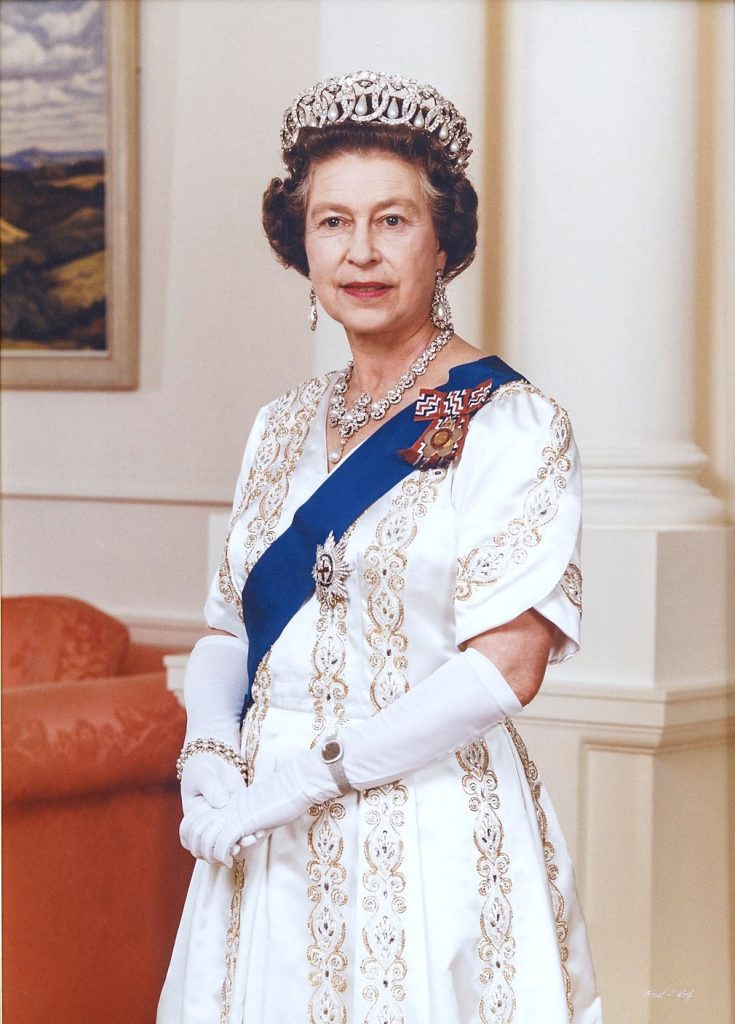
Royals don’t have awards shows as “regular” celebrities do, so the country puts on these amazing concerts to celebrate the monarch’s birthday. In 1986, there was a concert at the Royal Albert Hall and most of the royal family was present, including the Queen, who picked some of the songs to be played.
1992: The Queen has a horrible year.
Since Elizabeth II ascended to the throne, she had to deal with the media and the public’s criticism. Look, we get it: A family of royals costs a lot of money to the country and the taxpayers, hence why the media is always nagging them.
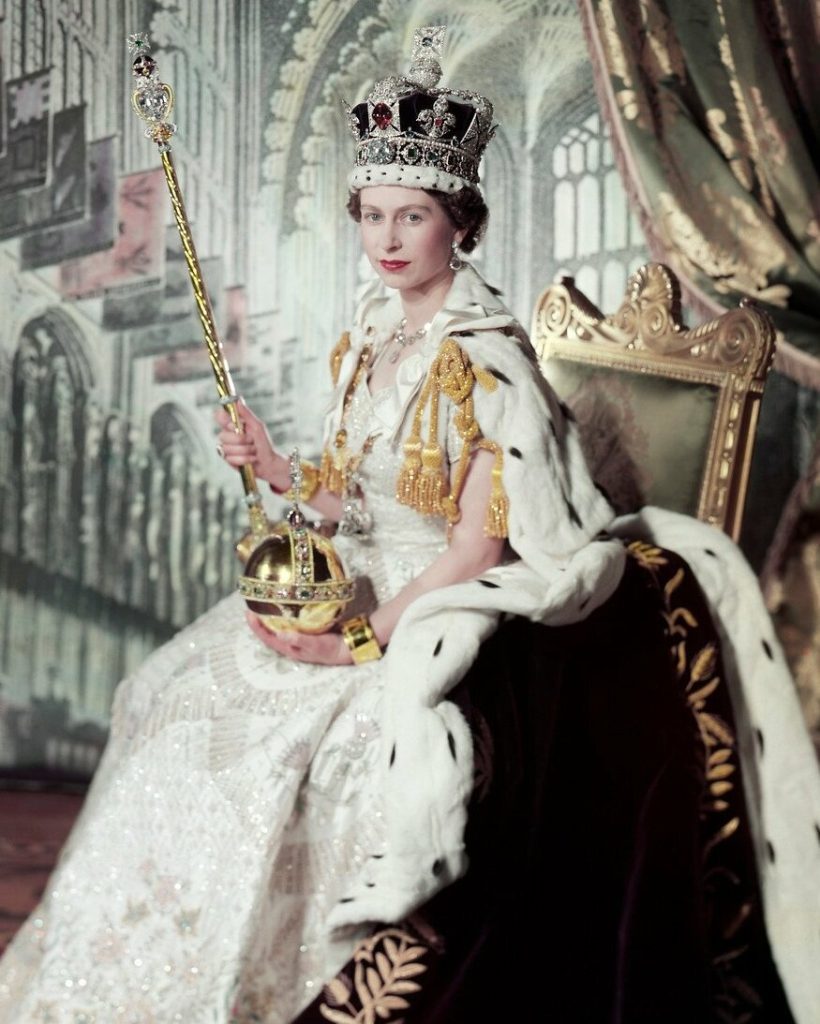
Back in 1992, the media had a field year as the royal family got involved in scandal after scandal. There were divorces, castles on fire, tell-all memoirs revealing controversial information, and protests from the people regarding the money spent on monarchy — it was a horrible year overall.
1997: Princess Diana passes away.
As we said before, there was no royal like Diana. Even Princess Margaret, who was easily one of the most rebellious princesses, never spilled so much tea on the royal family as the former Princess of Wales. Lady Di was one of a kind.
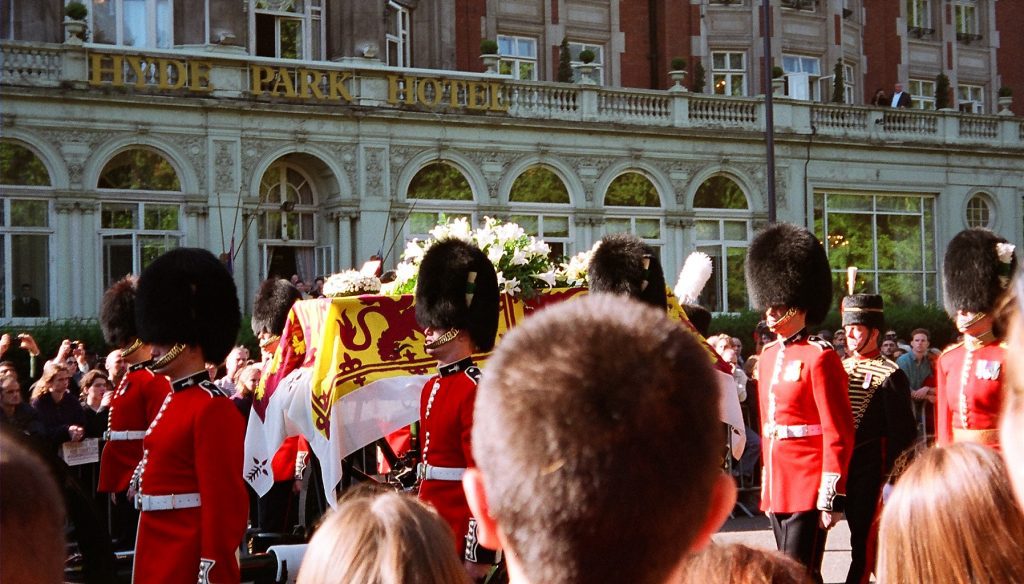
In 1997, the world was shocked to find out that Diana had died in a car crash as she was chased by the paparazzi. The Queen didn’t mention the event for days, and the public was furious. Elizabeth II then addressed Diana’s death on television and even bowed in front of the former princess’ casket.
2002: A year of happy and sad moments for the Queen.
In 2002, the Queen was happy to celebrate her 50th year as the Queen of the United Kingdom. The decades were not without their troubles, but she was still going strong on her journey to become the longest-reigning monarch in the UK.
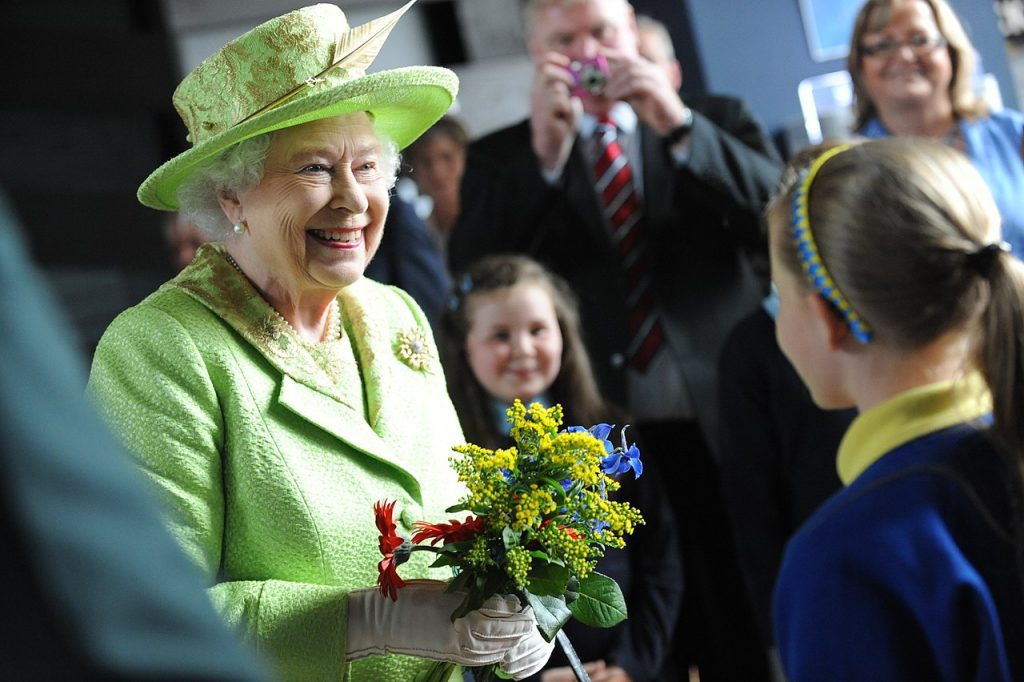
However, the year 2002 also represented incredibly sad moments for Queen Elizabeth II. Both Queen Elizabeth I and Princess Margaret passed away within weeks of each other, and Elizabeth II was left without a mother and a sister. At this point, she became the only surviving member of her immediate family line.
2006: The Queen celebrates her 80th birthday.
By the time the queen turned 80, most of the people who were present for her coronation had already passed away. Few living people remembered the time when they personally saw the 25-year-old princess become Queen of England. But those who were still around were probably happy to celebrate the Queen’s birthday.
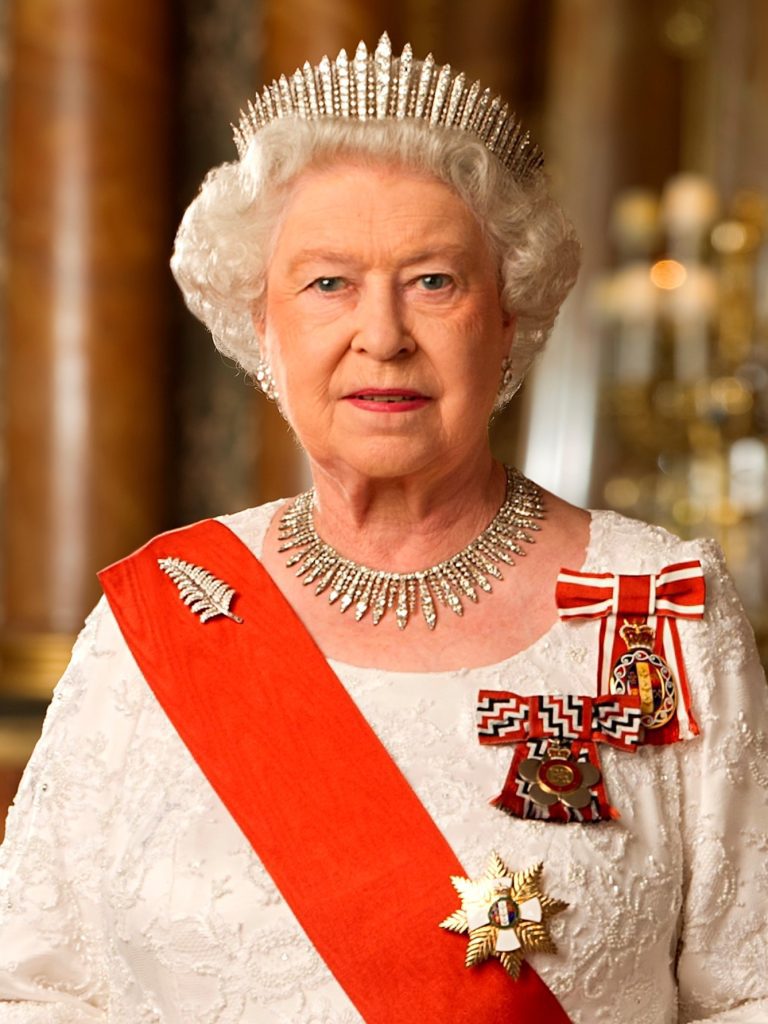
At this point, there was a lot of speculation regarding whether the Queen would finally “retire” and let her son Charles become the next King. Well, as we now know, the word “retire” was probably never in Queen Elizabeth II’s vocabulary!
2007: Her Royal Highness and the Prince Consort celebrate 60 years of marriage.
Before the Queen finalized the date of her Diamond Jubilee, she celebrated her diamond wedding anniversary. The Queen and her beloved husband had been married for 60 years, so this was an occasion to remember. Their love had overcome all trials and tribulations!
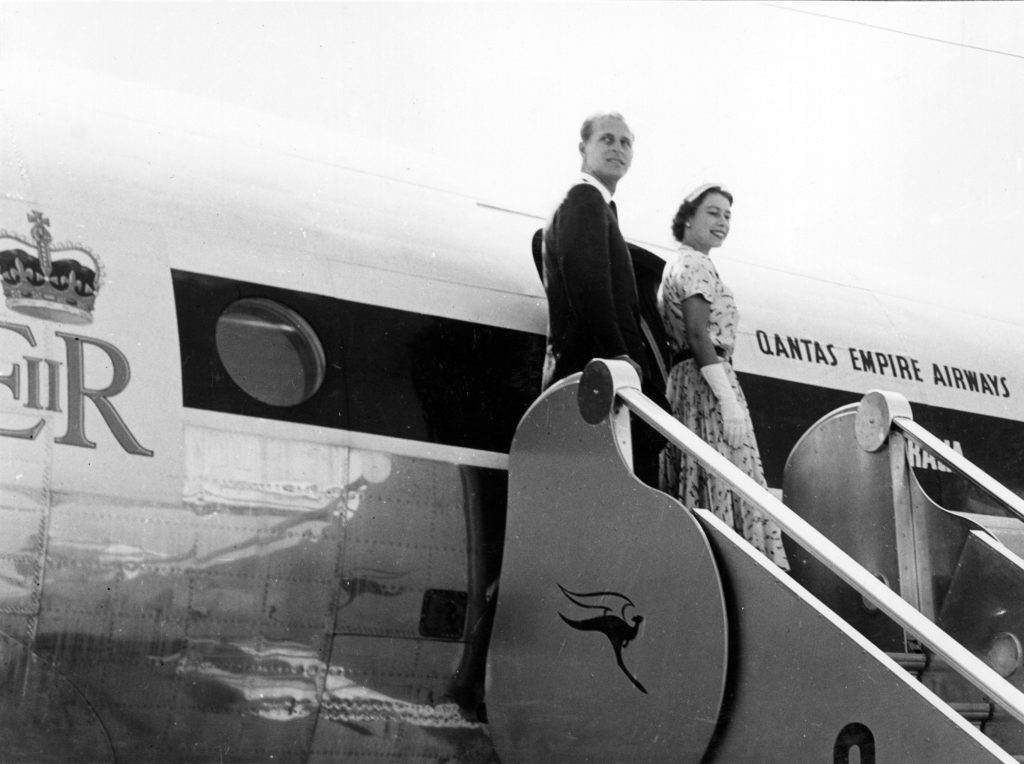
This was a special occasion for the royal family, and not only because it marked 60 years since the Queen had said “I do” to the love of her life. It was also important because it was the first time in history that a royal couple reached this milestone!
2007: Queen Elizabeth II surpasses Queen Victoria.
Never in the history of the United Kingdom had a monarch been alive for this long. Queen Elizabeth was 81 at the time, and she marked another milestone in her career of records and important achievements. She became the longest-living monarch in British history!
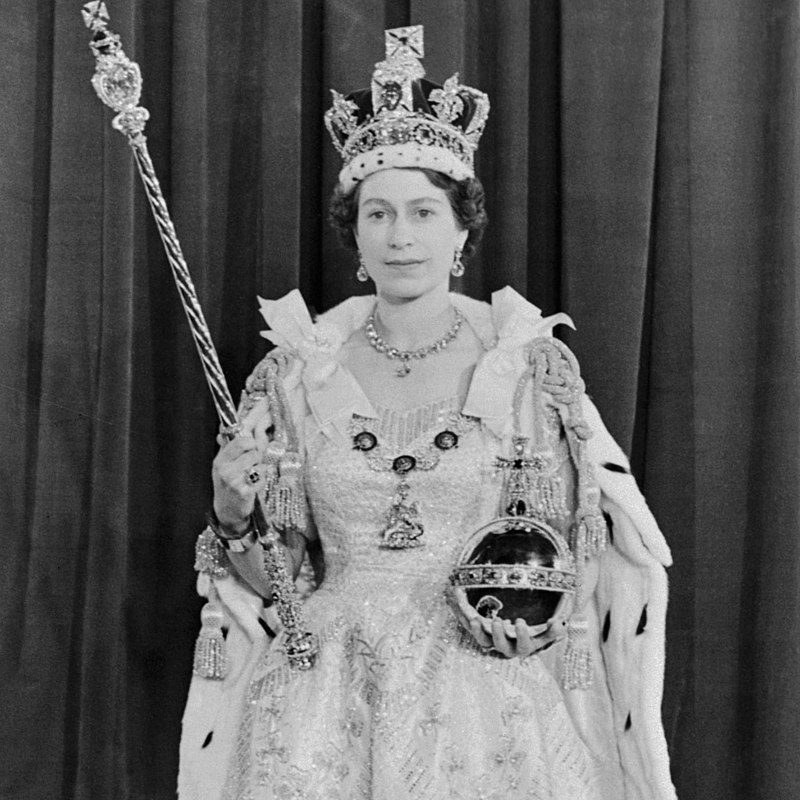
Before Queen Elizabeth II, only Queen Victoria had lived (and ruled) for that long. Victoria, whose name inspired the “Victorian Era,” lived for 81 years, but Elizabeth had just turned 81 and was alive and kicking, so she took that crown for herself.
2011: Prince William married Kate Middleton.
For a while, there were no big happenings in the royal family. Everyone was off doing their own thing, and Lilibet was just chilling with her husband. And then we had another royal marriage. This time, it was Prince William’s turn to tie the knot.
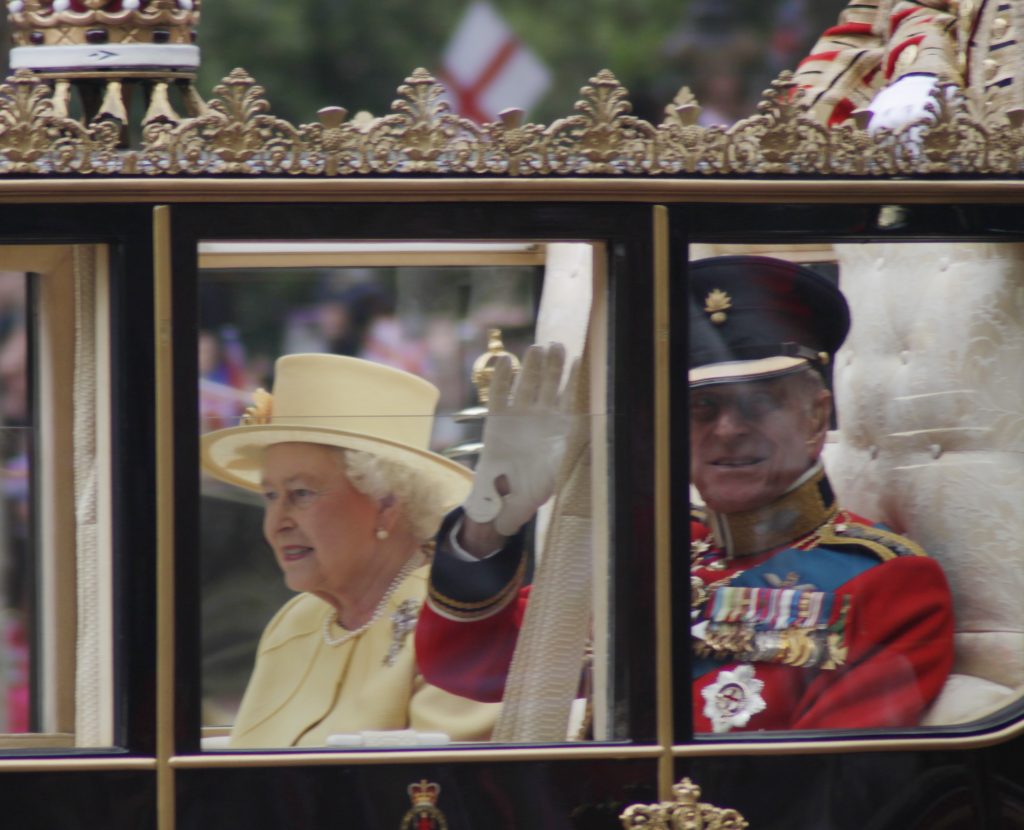
William and Kate had been together for years before they got married. The couple broke up for a while in 2007, but less than a year later, things were fine again. They got married in 2011, and Kate still wears her mother-in-law’s engagement ring to this day!
2011: The Queen visits Ireland.
Before Ireland and Northern Ireland separated, things were messy. It took a long time and a lot of violence for things to quiet down again. All the while, no British monarch dared step foot in the newly independent Irish nation.
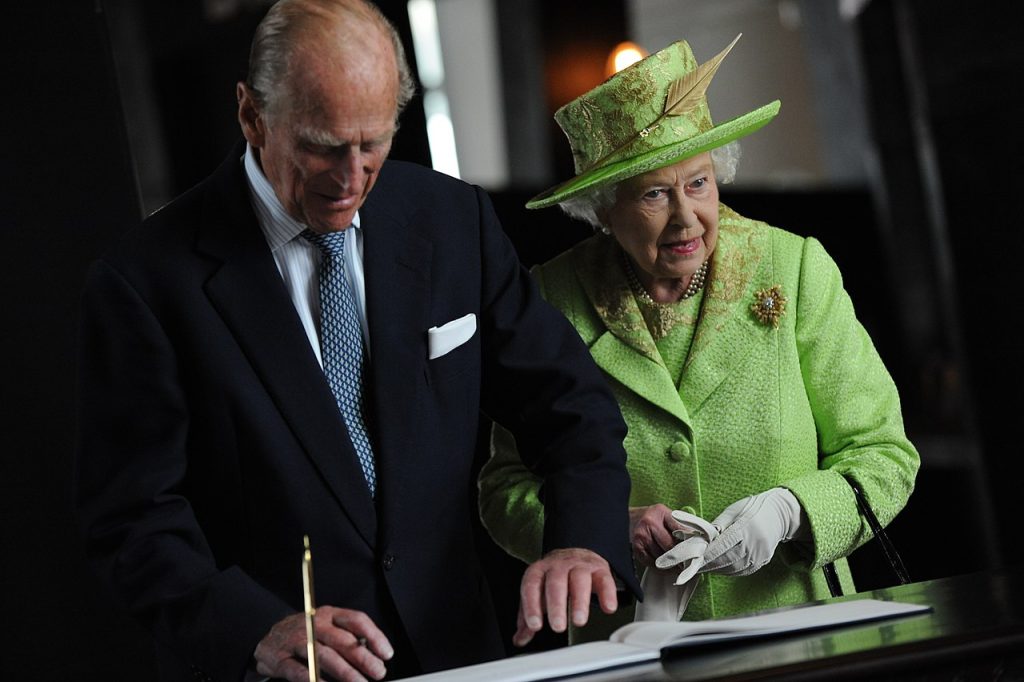
Queen Elizabeth II paid the country a visit for the first time. The visit was overall well-regarded, especially because the Queen did her best to honor the country, from the clothes she wore, to the places she visited, to the words she spoke.
2012: The Queen celebrates her Diamond Jubilee.
60 years after Elizabeth II became the Queen of England, she was ready to celebrate her Diamond Jubilee at 86 years old. There were celebrations all over the country. The Queen knew the importance of this milestone for her mark in history.
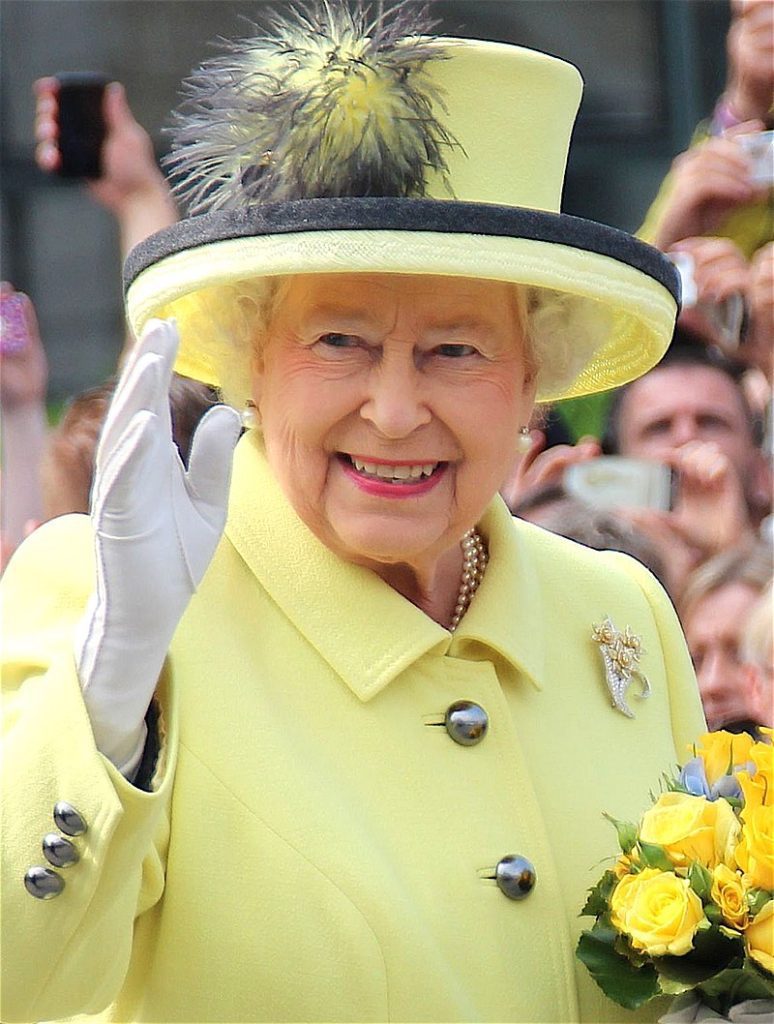
On the throne since 1952, Queen Elizabeth II was only about three years from surpassing Queen Victoria, her great-great-grandma. This was the second time in British history they celebrated a Diamond Jubilee, and it was more than a century after the first one!
2013: Prince George is born.
At this point, Queen Elizabeth II already had a bunch of grandchildren and great-grandchildren. However, the whole world was closely watching Prince William and Kate Middleton’s firstborn because of his place in the line of succession. In July 2013, Prince George was born.
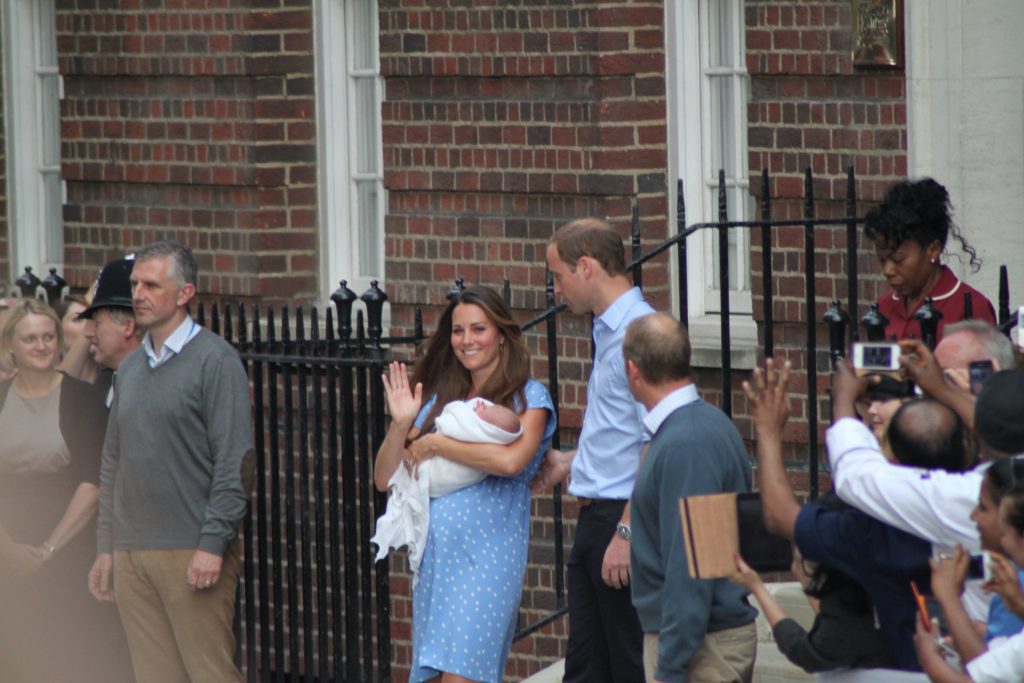
With his father the second in line for the throne, Prince George automatically became the third in line. The young boy was named after his great-grandma’s dad, King George VI, and he is now the second in line, right after his own dad!
2015: Queen Elizabeth II breaks the record for the longest period of rule in Britain
Finally, after 63 years as the Queen of England, Queen Elizabeth II reached one of the few milestones few thought she would achieve. During her time, Queen Victoria ruled for 63 years and approximately 200 days. In 2015, Lilibet broke that record.
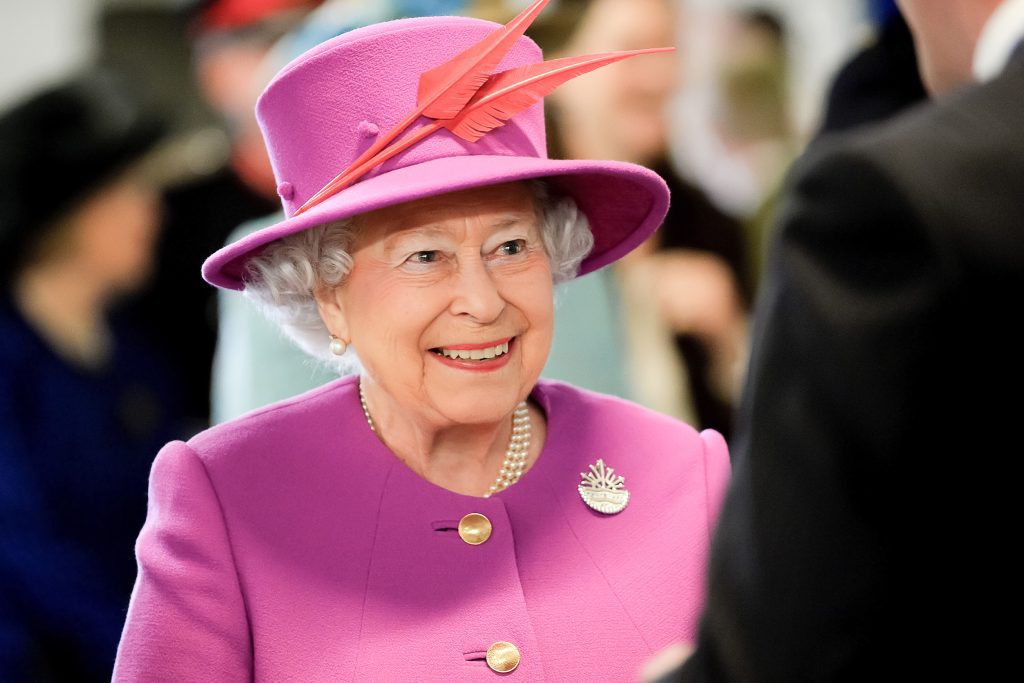
In September 2015, Elizabeth II surpassed her great-great-grandmother and became the longest-reigning monarch in the history of the United Kingdom. The Queen still hadn’t broken the world record, but she was one step closer to getting there and surpassing Louis XIV.
2017: The first Sapphire Jubilee ever.
In 2017, Britain celebrated the first Sapphire Jubilee in its history. Back when Queen Victoria was the ruler, she only got to celebrate up to the Diamond Jubilee before she passed away. So you can guess how important this event was for the country.
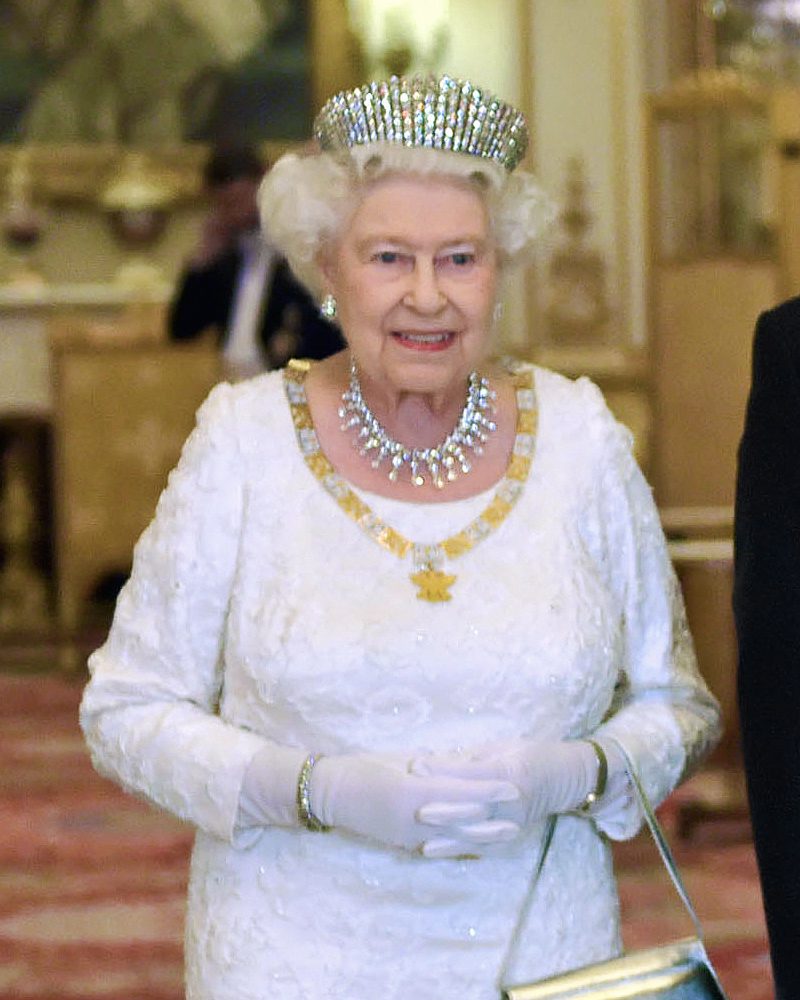
How do you even plan an event that has never been celebrated before? Well, you don’t. The Queen had been on the throne for 65 years at this point, and she’d seen it all. Her Sapphire Jubilee didn’t have any official celebrations at all!
2020: Prince Harry moves to the United States.
It had been a while since a member of the royal family decided to abdicate their royal duties so they could pursue a different life in a different country. And that was when Prince Harry announced that he’d be moving to the US with his wife and child.
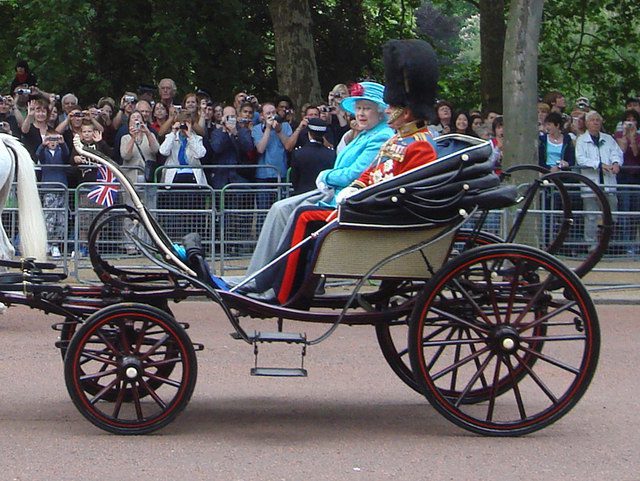
Although Harry is still considered an official member of the royal family, he doesn’t have any duties as the Duke of Sussex anymore. This was a very controversial move at the time, especially because of the claims that his wife had not been well-treated by the Queen or the rest of the family.
2020: Brexit is finally official.
During her time as the Queen of England, Elizabeth II witnessed many events and she also saw several nations leave the Commonwealth. One of the most relevant events of modern history was the day when Britain officially left the European Union.
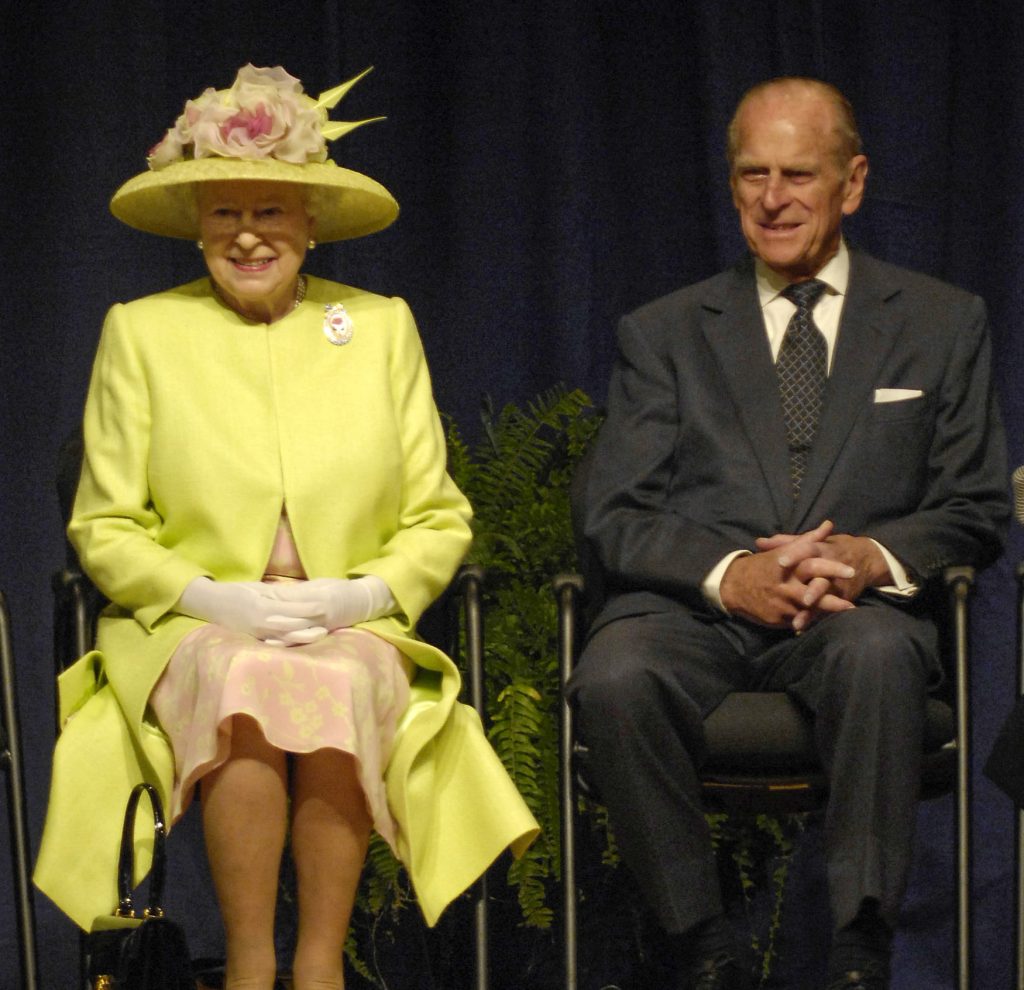
For a long time now, the Royal Majesty has been forbidden from interfering in politics, so the Queen had no say in this matter. While some newspapers tried to claim that she supported the decision, there was never an official state from HRH. The Queen could only stand back and watch as “Brexit” happened.
April 2021: Prince Phillip passes away.
In 2017, Prince Philip retired from his duties to get some well-deserved rest. At the time, he was 96 years old, so we understand why he felt so tired. For a while, a lot of people were concerned with the Royal Consort’s health.
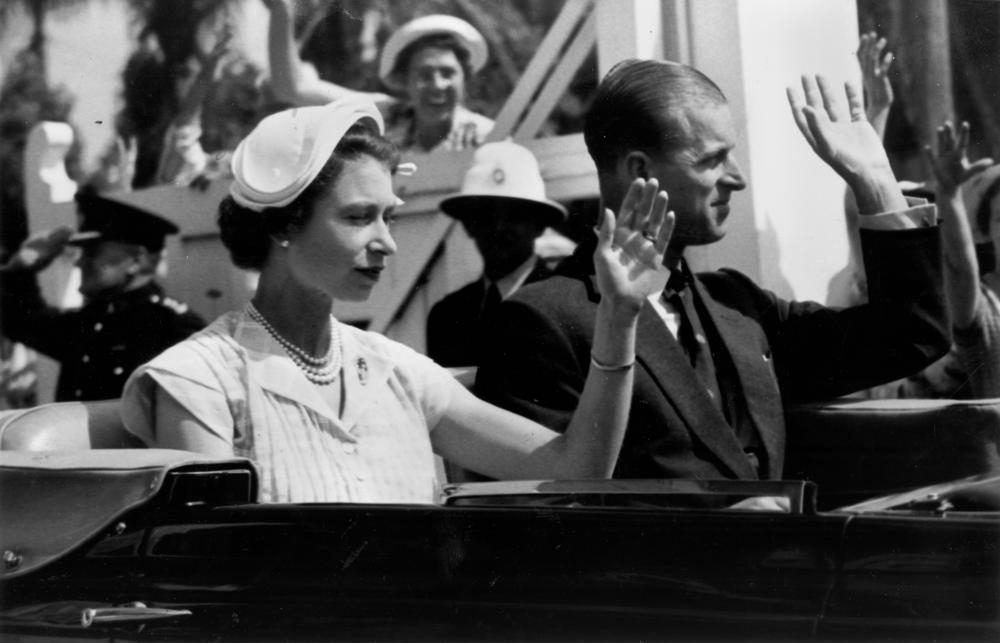
When he retired, Prince Philip was still doing fine. In fact, it would be another four years until he would pass away. The Duke of Edinburgh was only a couple of months away from turning 100 years old at the time of his death.
February 2022: The Queen celebrates her Platinum Jubilee.
After the death of Prince Philip, the Queen took some time for herself. After all, the couple had been married for almost 75 years when he died. We didn’t see her for a while, but it was also because her health was not 100%.
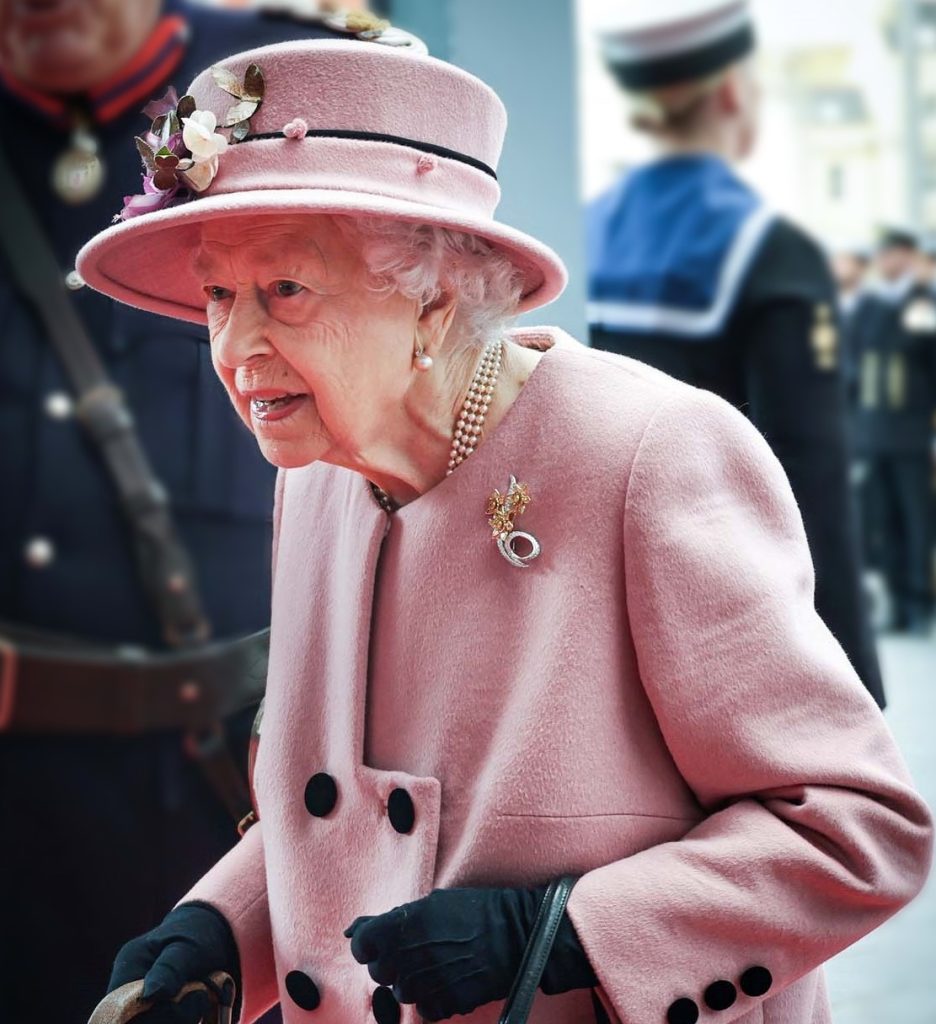
In February 2022, there were lots of festivities across the United Kingdom as the nation celebrated this important milestone. After all, Elizabeth II was the first monarch to commemorate 70 years on the throne! While she wasn’t present for most of the celebrations, the Queen did make an appearance, albeit a brief one.
September 06, 2022: Queen Elizabeth II welcomes the new PM to Balmoral.
In early September 2022, the United Kingdom swore in a new Prime Minister, and the protocol was that the PM should meet Queen Elizabeth II at Buckingham Palace. But the Queen’s health was waning, so the meeting took place in Balmoral for the first time ever.
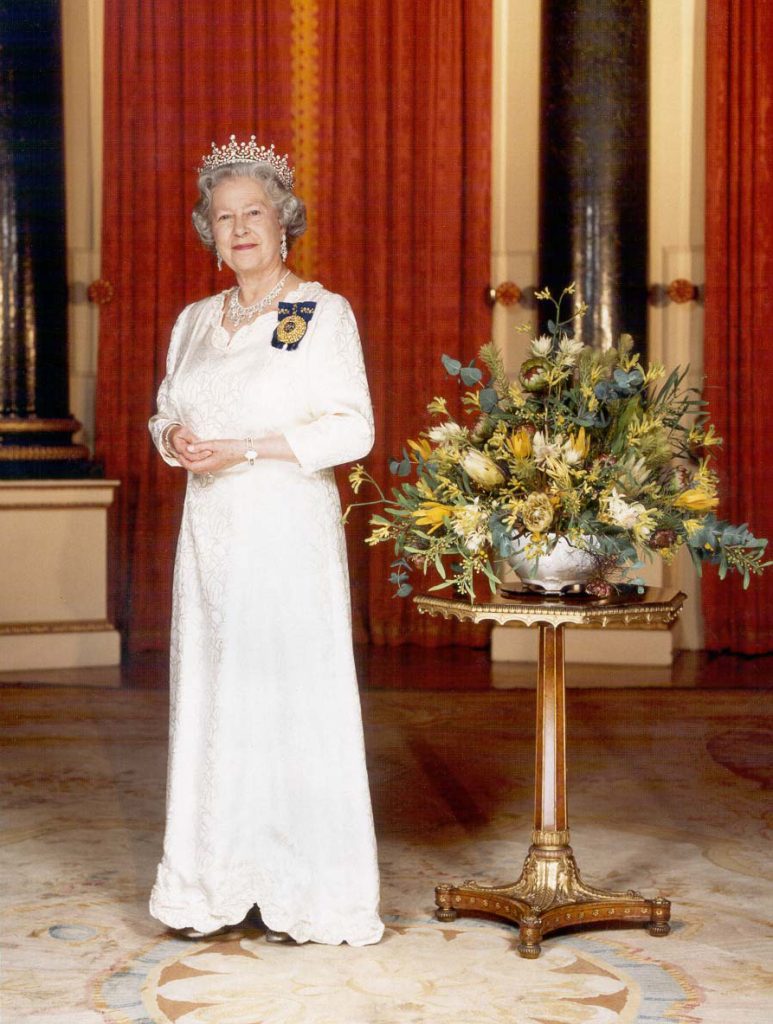
The pair shook hands in photos shared by the press, and the Queen was all smiles. This was the first time the Queen was seen in public in a couple of months, and the world didn’t know that it was going to be the last.
September 08, 2022: Her Royal Highness passes away.
A day after meeting with Liz Truss, Queen Elizabeth II’s doctors announced that Her Royal Highness would take the day off to get some rest. She canceled all her appointments and was under medical observation, which caused plenty of concern.
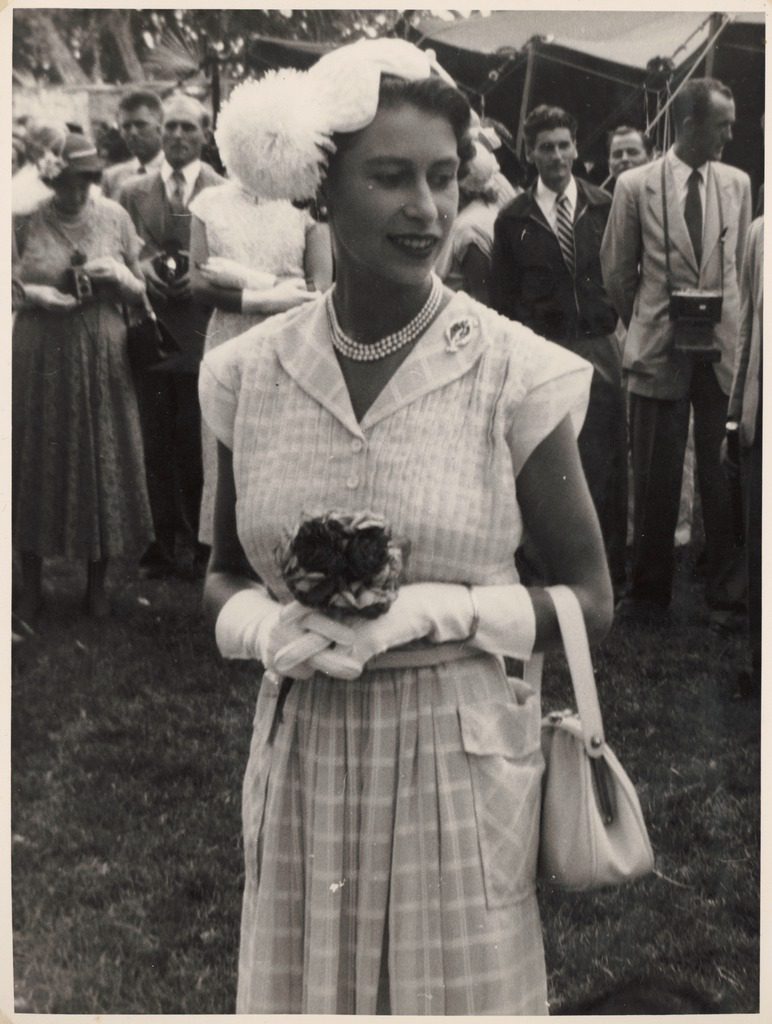
Less than 24 hours later, the office of Royal Communications announced that Her Majesty had passed away peacefully. It was a shocking announcement, given that the Queen had welcomed the new PM just two days before. It was the end of the second Elizabethan era, and the world mourned the massive loss.
September 09, 2022: The Queen’s eldest son becomes King Charles III.
Immediately after the Queen’s passing, her eldest son, formerly known as the Prince of Wales, became king. His Majesty chose the name of Charles III. It had been more than 300 years since the last King Charles ascended the throne.
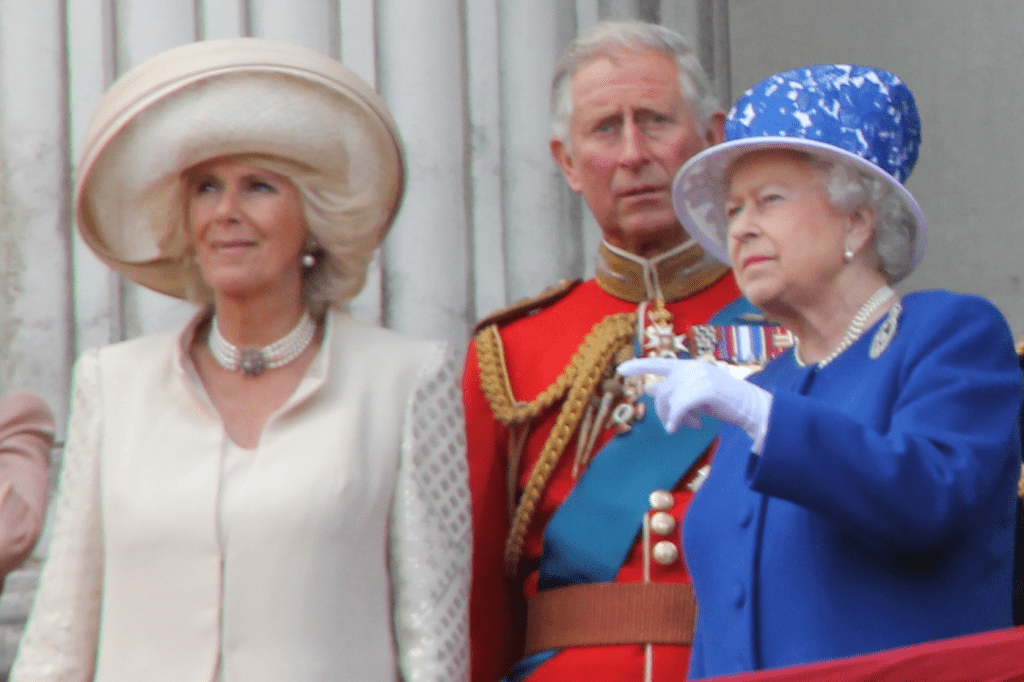
At 73 years old, it’s now time for King Charles III to begin his tenure as the King of the United Kingdom. His eldest son, William, the Prince of Wales, is now the heir apparent. And as they say across the pond, “God bless the King!“
